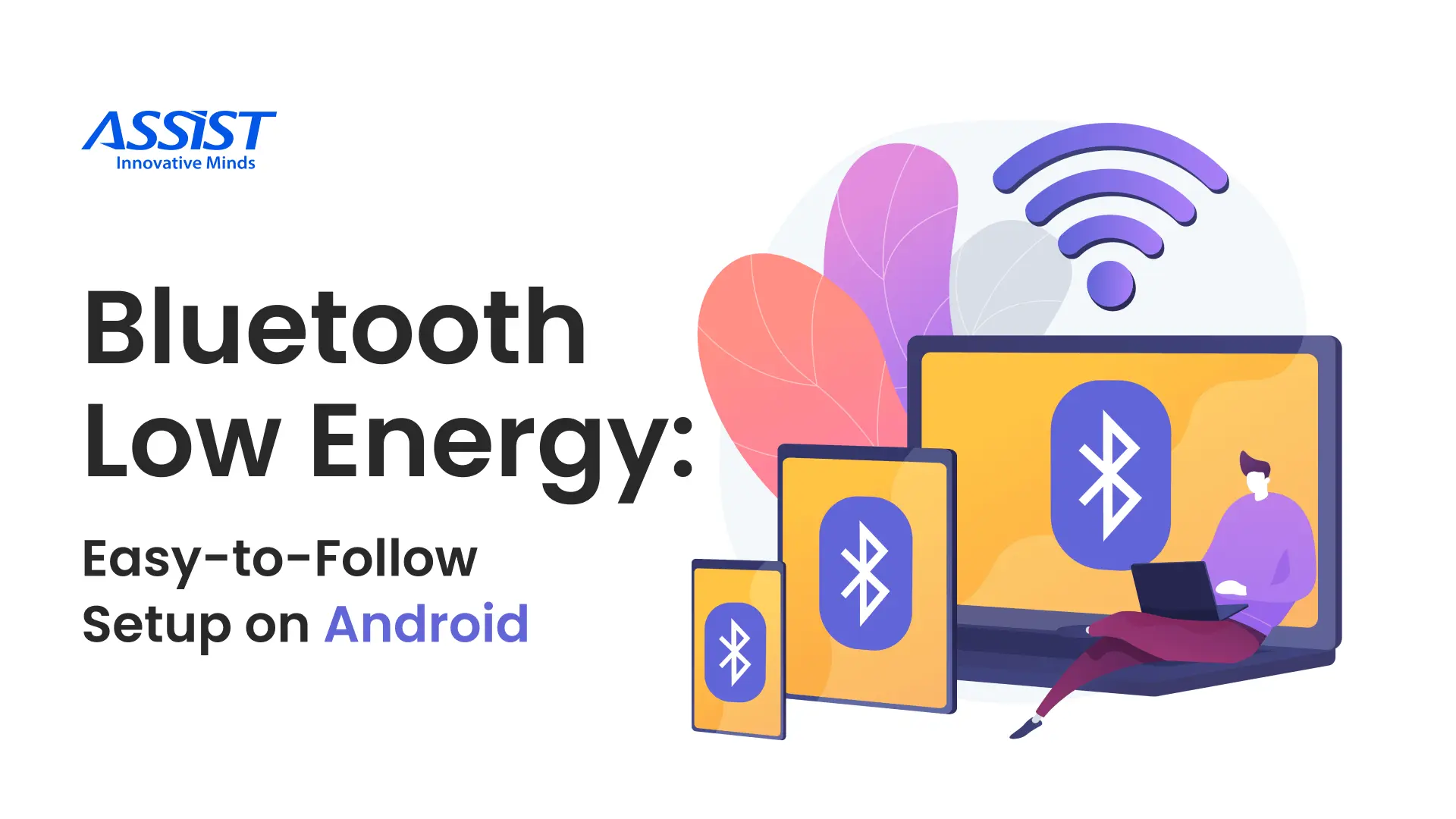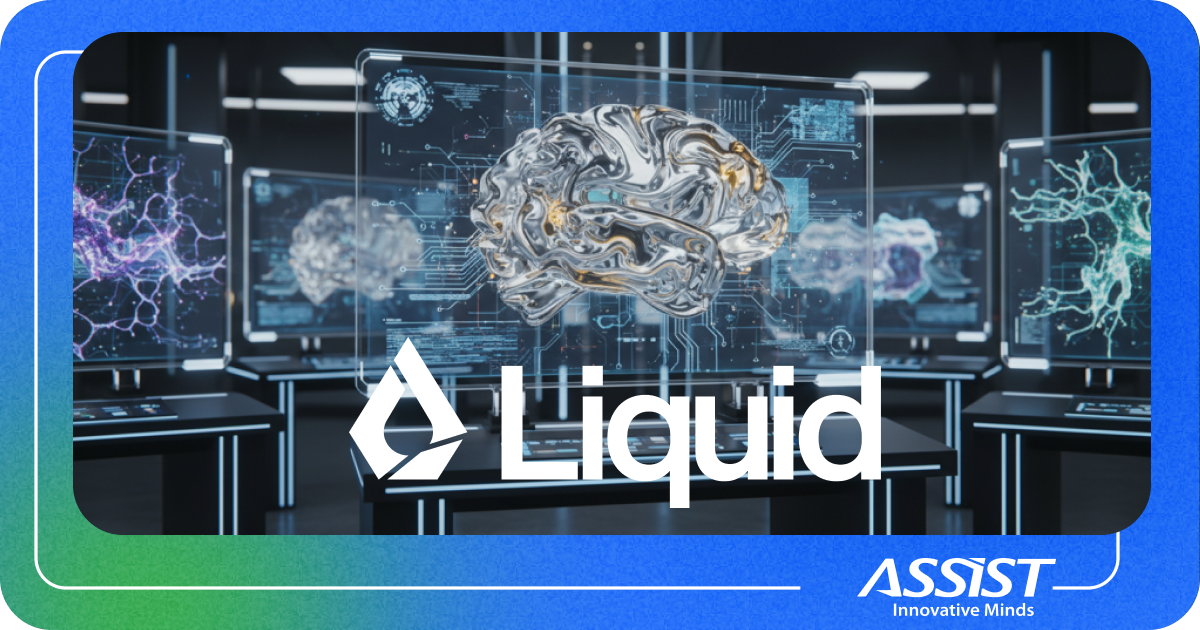Bluetooth Low Energy: Easy-to-Follow Setup on Android

Welcome aboard! If you've ever wondered about the incredible potential of Android BLE apps, you're in the right place. Bluetooth Low Energy (BLE) has completely transformed how devices connect and communicate, opening a world of possibilities.
Why am I diving into this world of Android BLE apps? Because it's not just about technology – it's about the potential impact of this technology in our day-to-day lives. Whether you're driven by curiosity, eager to create the next big thing, or simply want to understand the technology that surrounds you, this blog post should resonate with you.
Together, we'll unravel the inner workings of Android BLE apps. I'll guide you through BLE's intricacies and show you how to build apps that stand out. From conserving energy to ensuring secure communication, I'll equip you with the tools to craft powerful Android BLE applications.
The world relies on connectivity more than ever, and Bluetooth Low Energy (BLE) has become a key player in enabling seamless communication between devices. But what exactly is BLE, and how does it differ from traditional Bluetooth?
Before we delve into Bluetooth Low Energy, let's briefly touch on the basics of Bluetooth technology. Bluetooth, named after a 10th-century Danish king known for uniting tribes, is a wireless communication protocol that allows devices to exchange data over short distances. It was initially designed to connect peripherals like keyboards, mice, and headsets to computers and mobile devices.
Traditional Bluetooth, often referred to as "Classic" Bluetooth, served its purpose well, but it had its limitations. One of the primary challenges was its relatively high power consumption, making it unsuitable for devices that need to conserve energy.
Bluetooth Low Energy, often abbreviated as BLE, is a wireless communication technology optimized for low power consumption. Introduced with the Bluetooth 4.0 specification (also known as Bluetooth 4.0 Low Energy), BLE addresses the limitations of classic Bluetooth, particularly its high power usage. This makes BLE ideal for devices that need to conserve battery life, such as wearables, health monitors, and even Bluetooth Low Energy beacons.
While classic Bluetooth excels in connecting peripherals like keyboards and headsets to computers and phones, its power consumption isn't ideal for battery-powered devices. BLE solves this issue by focusing on:
-
Short-Burst Communication: BLE devices communicate in brief bursts rather than maintaining a constant connection. This reduces energy use significantly.
-
Power Efficiency: By minimizing the time spent actively transmitting or receiving data, BLE drastically reduces power consumption, making it perfect for devices needing extended battery life.
-
Simplified Profiles: Compared to classic Bluetooth, BLE uses a streamlined set of profiles and services. This simplifies development and customization for various functionalities, including those used in Bluetooth low energy audio.
-
Data Range: BLE is optimized for short-range communication, typically within 10-100 meters. This makes it suitable for applications where devices are in proximity, like using a Bluetooth low energy beacon for indoor navigation.
The development of BLE has opened doors for innovation in various fields:
-
Wearables and Fitness Trackers: BLE's low power consumption allows wearables to stay connected for extended periods without frequent charging.
-
Smart Home Devices: BLE plays a role in connecting smart home devices like thermostats and lights, enabling them to communicate with each other and central hubs efficiently.
-
Healthcare Applications: BLE can be used in medical devices for data transmission, such as monitoring heart rate or blood pressure.
-
Bluetooth Low Energy Beacons: These small transmitters leverage BLE to broadcast signals for location-based services and proximity marketing.
First, we will create the BluetoothHandler class which is initialized with a Context and an optional OMRON instance. The Context is essential for Bluetooth operations within the Android environment, while OMRON is an external library that enables communication with OMRON health devices.
internal class BluetoothHandler private constructor(private val context: Context, private val omron: OMRON?) {
// ...
} The central aspect of the 'BluetoothHandler' class is the management of BLE central operations. It utilizes the 'BluetoothCentralManager' from the 'com.welie.blessed' library to handle Bluetooth device connections, disconnections, and scanning.
central = BluetoothCentralManager(context, bluetoothCentralManagerCallback, Handler(Looper.getMainLooper()))
The 'BluetoothHandler' class is responsible for discovering nearby BLE health devices and establishing connections. When a peripheral device is discovered, it processes the device information, including its type, and decides whether to connect to it.
override fun onDiscoveredPeripheral(peripheral: BluetoothPeripheral, scanResult: ScanResult) {
// ...
} The 'BluetoothHandler' class facilitates the pairing and unpairing of health devices. It responds to pairing and unpairing requests through the 'deviceToPair' and 'deviceToUnpair' subjects.
deviceToPair.subscribe {
central?.apply {
startPairingPopupHack()
autoConnectPeripheral(getPeripheral(it.mac), peripheralCallback)
connectPeripheral(getPeripheral(it.mac), peripheralCallback)
createBond(getPeripheral(it.mac), peripheralCallback)
}
}.disposeBy(compositeDisposable)
deviceToUnpair.subscribe {
central?.removeBond(it.mac)
}.disposeBy(compositeDisposable) 3.5. Data Transfer
For specific devices like OMRON health devices, data transfer is initiated by the 'BluetoothHandler' class. It ensures that data transfer is performed at the right intervals.
handler.postDelayed({
omron?.performDataTransfer(peripheralDevice)
transferOmronData = true
}, PERFORM_OMRON_TRANSFER) The 'BluetoothHandler' class is responsible for parsing the data received from connected devices. It distinguishes between various types of measurements such as blood pressure, temperature, heart rate, pulse oximetry, glucose, and more.
override fun onCharacteristicUpdate(
peripheral: BluetoothPeripheral, value: ByteArray, characteristic: BluetoothGattCharacteristic, status: GattStatus
) {
// ...
} Once data is parsed, the 'BluetoothHandler' class broadcasts these measurements to the application, allowing it to display or store the health data as needed.
private fun sendMeasurement(intent: Intent, peripheral: BluetoothPeripheral) {
if (healthDevices?.contains(peripheral.address) == true || peripheral.bondState == BondState.BONDED) {
intent.putExtra(MEASUREMENT_EXTRA_PERIPHERAL, peripheral.address)
context.applicationContext.sendBroadcast(intent)
}
} Exploring the world of Android BLE apps has uncovered the transformative potential of Bluetooth Low Energy. BLE's energy efficiency has revolutionized device connectivity, fueling innovations in wearables, health tech, and IoT.
The journey through building an Android BLE app showcased the crucial role of the BluetoothHandler class in managing Bluetooth operations, device connections, and data transfer. It highlighted BLE's ability to enable precise health data exchange efficiently.
This exploration emphasizes how BLE empowers applications to seamlessly interpret device data, providing valuable insights for users. The journey underscores the fusion of technology and purpose, driving the creation of impactful, user-centric applications.
Exploring Bluetooth Low Energy Further
With its focus on low power consumption, BLE has become a cornerstone of our interconnected world. If you're interested in delving deeper, you can explore topics like:
-
Bluetooth Low Energy Devices: Learn about the different types of devices that utilize BLE technology.
-
Bluetooth Low Energy Communication Protocol: Understand the technical details of how BLE devices communicate with each other.
-
Bluetooth Low Energy with Arduino: Explore how to integrate BLE functionalities into your Arduino projects (if applicable to your interests).
In conclusion, Android BLE apps stand as a testament to the boundless opportunities for innovation, shaping a future where efficient connectivity drives technological advancement.




